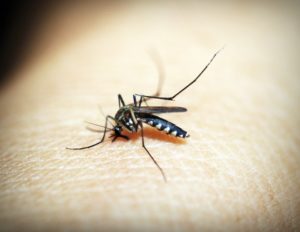
Bioengineering may hold the key to riding pesky disease controlling insects or unwanted invasive species. It could save millions of lives, but manipulating genes to do so may have its own perils, new research warns.
There’s a lot at stake. Nearly half the world is at risk of contracting malaria. The ability to rid its microorganism could save nearly half a million lives a year thanks to the theory of gene drives.
Gene drives are tools of genetic engineering that—when introduced into an animal—change the genetic code of an individual, and eventually an entire species. They increase the chances of a trait being passed down from parent to offspring.
If scientists want to eliminate the spread of malaria by Anopheles mosquitoes, for example, they may insert a gene drive into a sample of the population, which would then breed out the genetic trait that carries the malaria parasite.
It’s seems like no-brainer, except more scientists with concerns are now weighing in.
READ: Cells Get Latest Retirement Plan
Until the introduction of CRISPR technology (designed to duplicate and spread infinitely), the drives were the stuff of theoretical science. The main concern—published in a peer-reviewed journal by a team from Harvard University and Massachusetts Institute of Technology—stems from the possibility that the genetic change could spread to animal populations outside of its targeted species.
In such a worst-case scenario, the risks are vast and uncontrollable, hitting species’ subpopulations with consequences that are the stuff of science fiction.
For the moment, gene-driven technology and research is still confined to the lab.
Read more about it from Quanta Magazine here.










